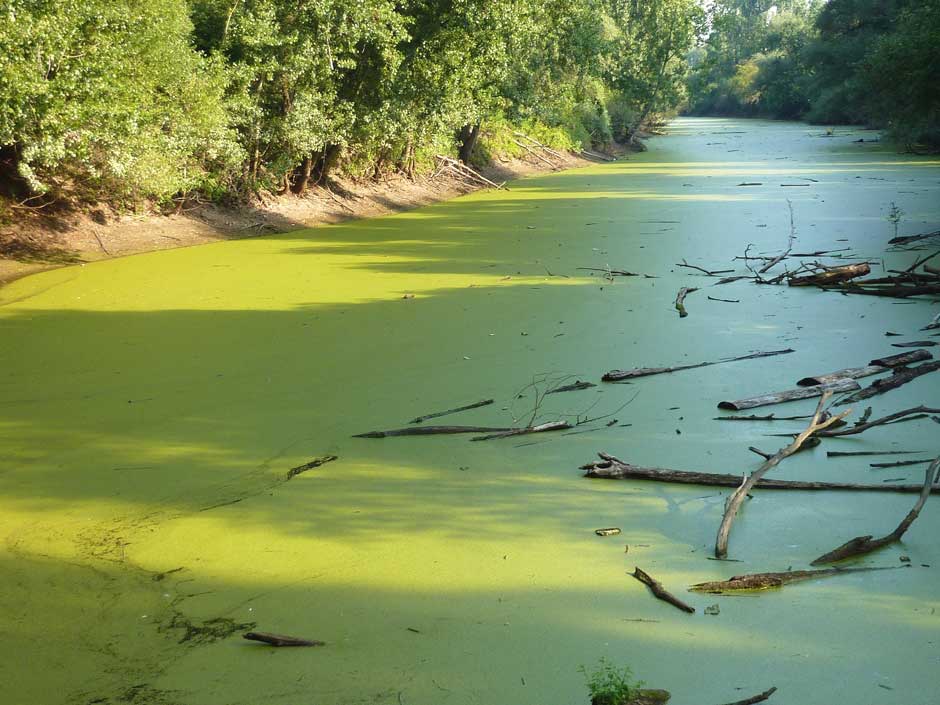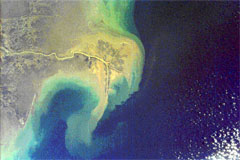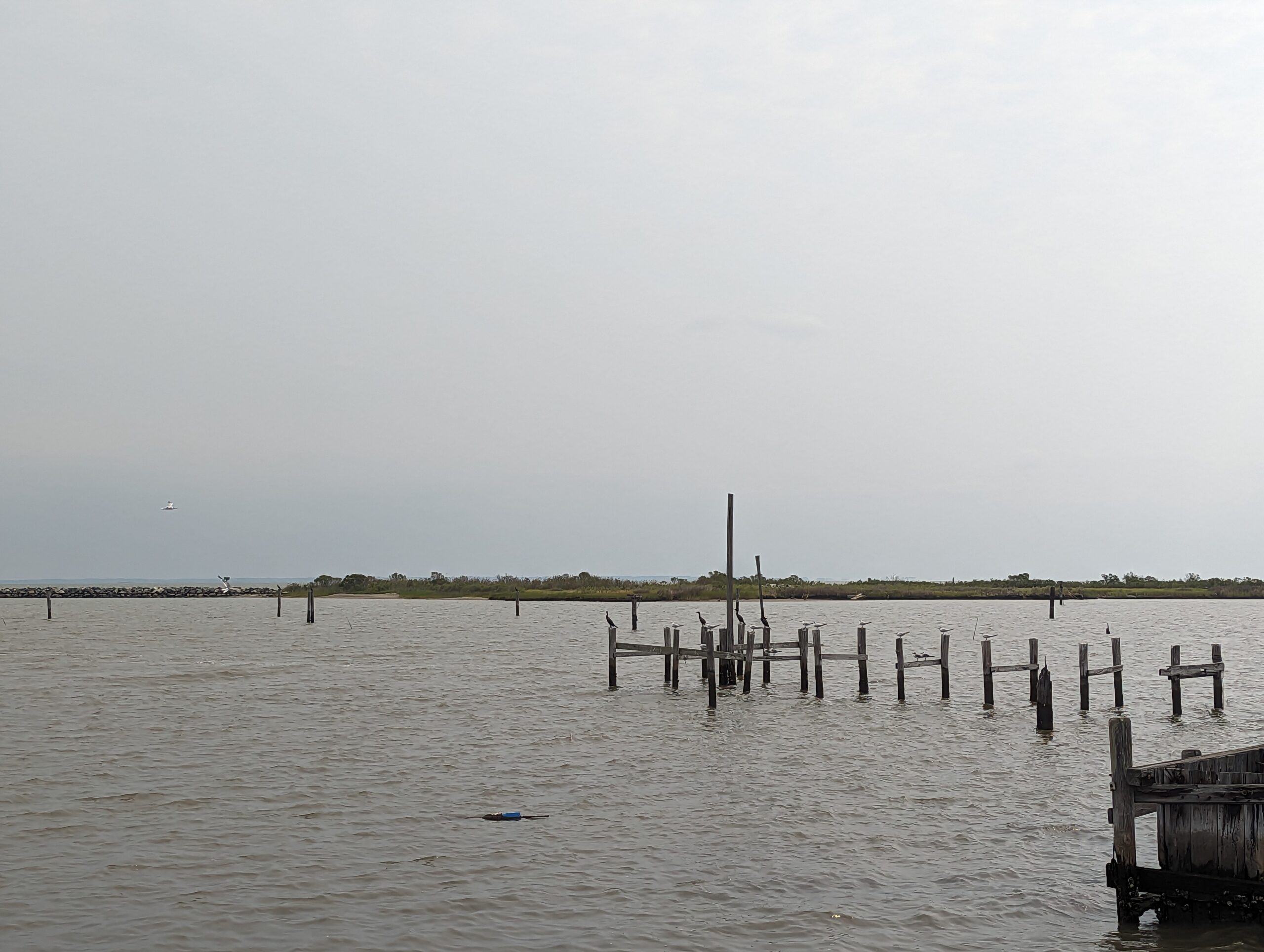In the vast blue expanse of our oceans, a hidden threat lurks beneath the surface: eutrophication. This complex term describes a concerning phenomenon driven by human activities, impacting marine ecosystems in ways we can no longer afford to ignore.
Eutrophication occurs when excess nutrients, primarily nitrogen and phosphorus derived from human activities, enter water systems leading to excessive algal growth that disrupt the balance of marine ecosystems.

Large algal blooms block sunlight, restricting the growth of underwater vegetation and depriving marine life of essential oxygen. As the algae die and decompose, bacteria consume oxygen, leading to “dead zones” where aquatic life struggles to survive. This doesn’t only harm fish populations but also devastates entire food chains and local economies dependent on thriving marine ecosystems.
Eutrophication’s grip on our oceans has manifested across the globe, leaving a trail of ecological disruption. The Baltic Sea is a notorious example, as more than 97% of its area suffers from eutrophication. This semi-enclosed sea suffers from extensive nutrient input, leading to recurrent algal blooms and widespread oxygen depletion. Fishermen’s livelihoods are at risk, and the intricate web of marine life hangs in the balance.
Similarly, the Gulf of Mexico hosts a notorious dead zone, fueled by nutrient-rich agricultural runoff from the Mississippi River. The dire consequences extend far beyond marine life, illustrating the interconnectedness of our actions and the oceans’ fate. In previous articles we also looked at what is happening at the Marmara Sea in Turkey, and explained why the Mar Menor in Spain turned into a “green soup”.

Despite the negative impact, rays of hope shine through as we seek solutions to reverse eutrophication. Sustainable land management practices, such as precision agriculture and responsible wastewater treatment, must play an important role. By reducing nutrient runoff and improving nutrient cycling, we can significantly minimise algal blooms and oxygen depletion.
Legislative measures and international collaborations are crucial in enforcing pollution control and raising awareness about the importance of responsible nutrient management. However, such measures take more time to implement than nature can wait. We need to look for solutions to short-circuit eutrophication while we look for ways to reduce nutrient pollution.
When looking for solutions, we usually start thinking of expensive technologies and often forget that nature has some of the smartest and most efficient solutions. Oyster reefs, with their ability to filter water and create habitats, offer a sustainable way to address the challenges posed by nutrient pollution.
The Chesapeake Bay in the United States is a great example. This iconic estuary used to be plagued by nutrient pollution. Though the pollution is still excessive now, it has experienced a remarkable turnaround and has a TMDL (Total Maximum Daily Load). Oyster reef restoration projects have not only improved water quality by filtering excess nutrients but also provided crucial habitat for hundreds of marine species, improving biodiversity and stabilising the ecosystem.

Similarly, efforts in the Wadden Sea along the coasts of Denmark, Germany, and the Netherlands have demonstrated the positive impact of restoring oyster reefs. Once suffering from the consequences of eutrophication, this unique coastal ecosystem has benefited from oyster populations that naturally filter water, enhancing clarity and reducing excess nutrients. As a result, submerged aquatic vegetation has returned, oxygen levels have improved, and the overall health of the Wadden Sea has been revitalised.
These restoration success stories remind us that implementing nature-based solutions and simply giving nature a boost is possibly the best way to turn the tide of eutrophication. Because algal blooms can serve as oyster food, so why would we invest in creative expensive machines?
Watch the video below to learn how oysters can manage nitrogen pollution